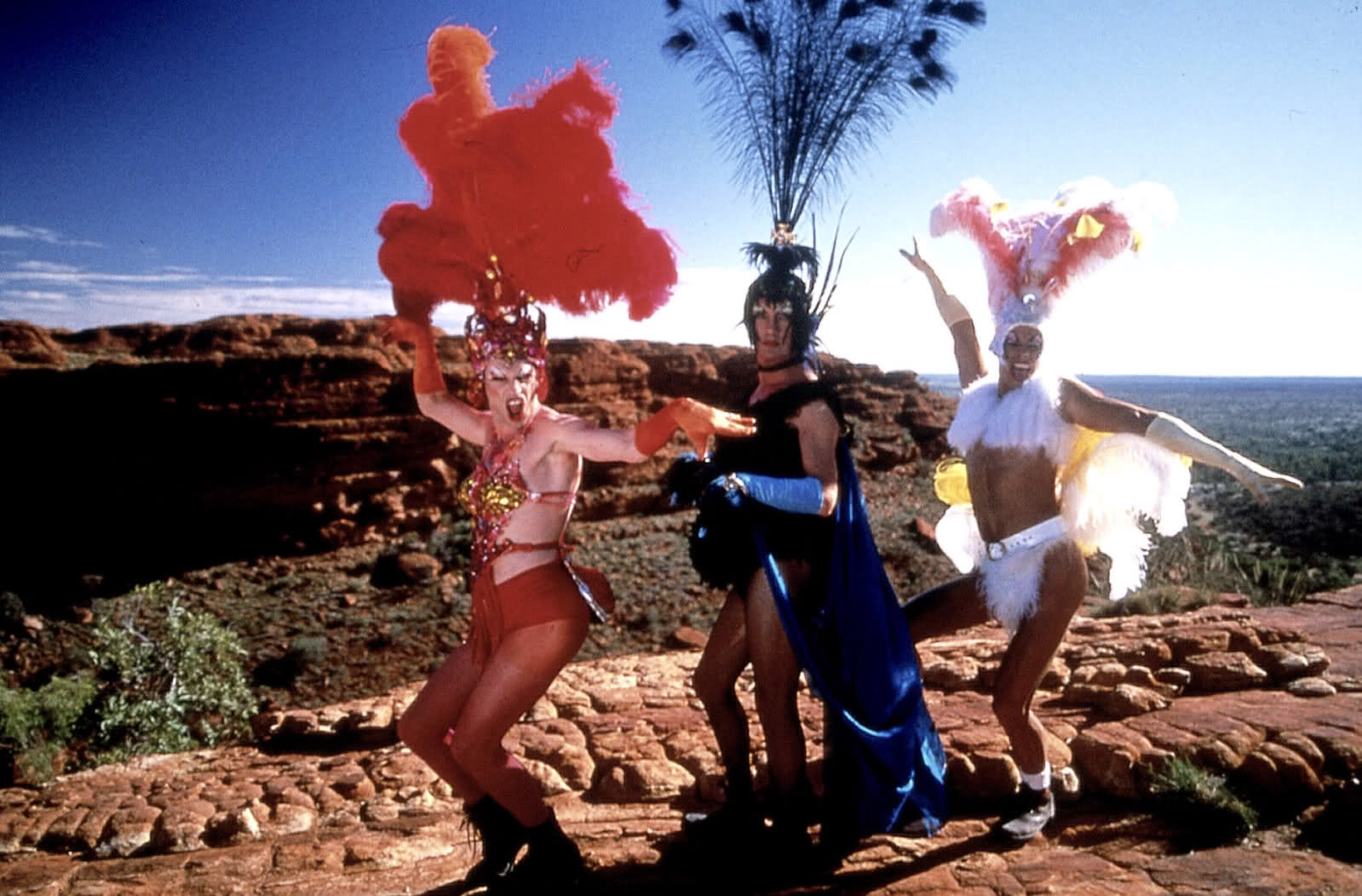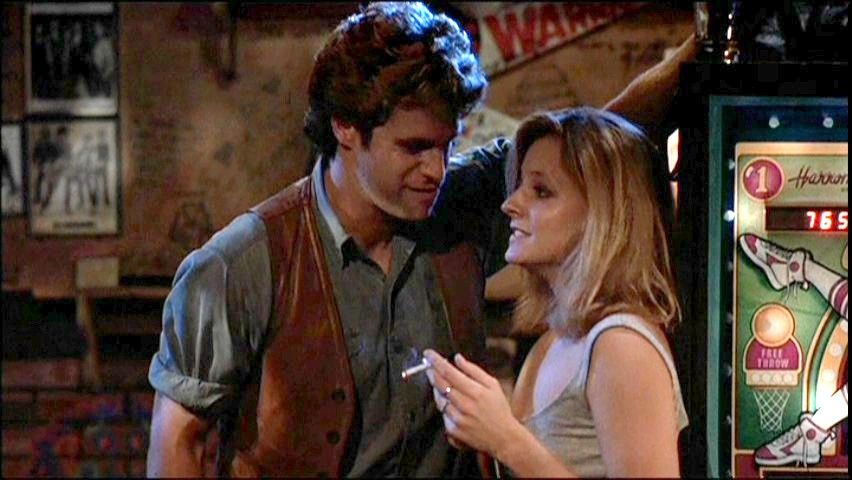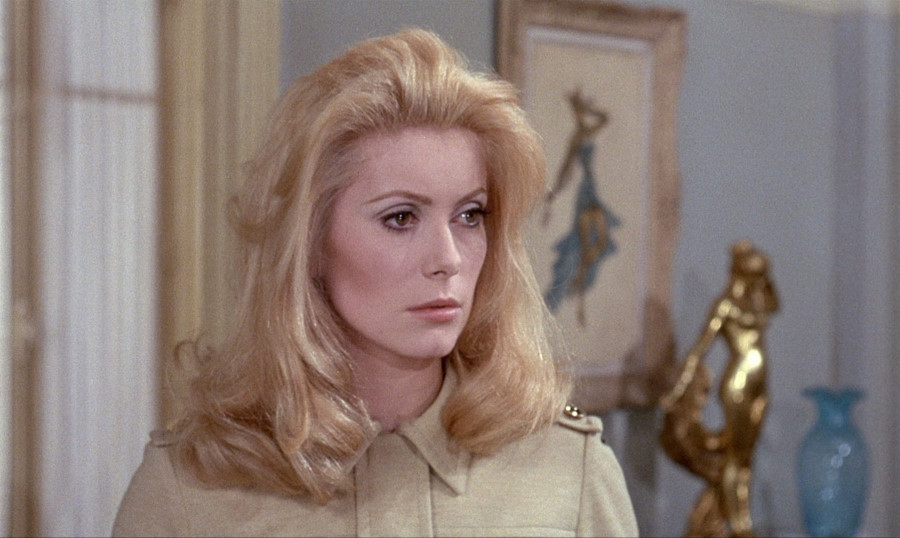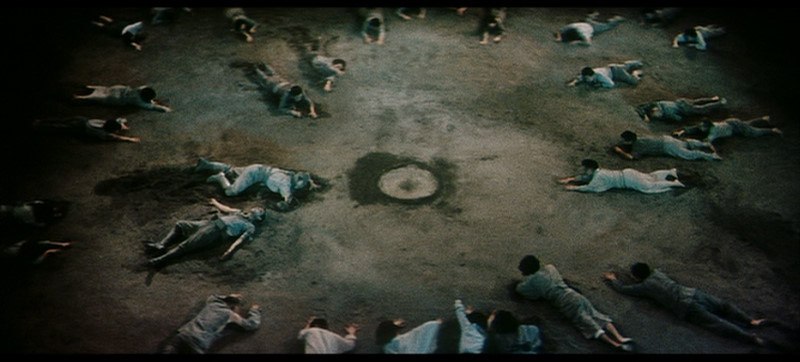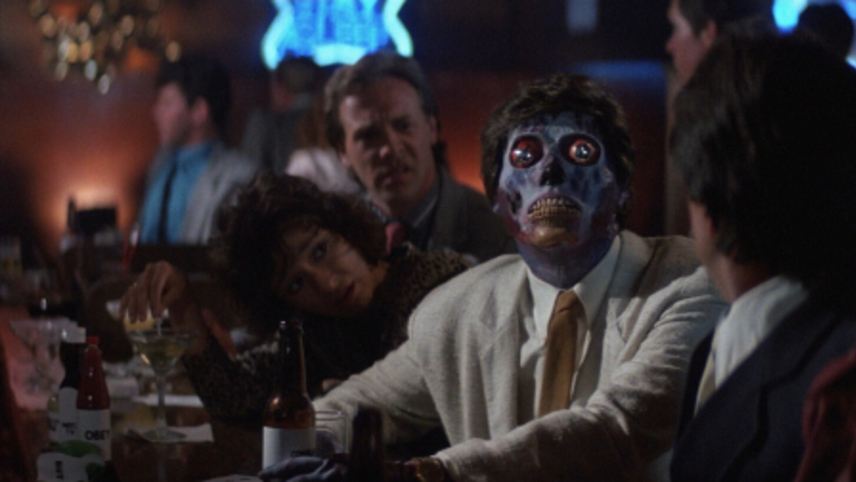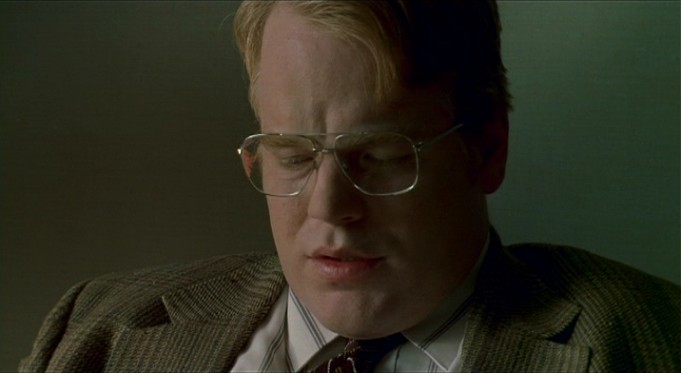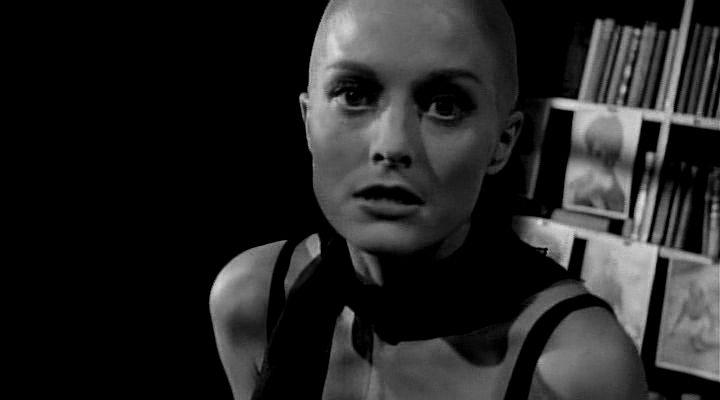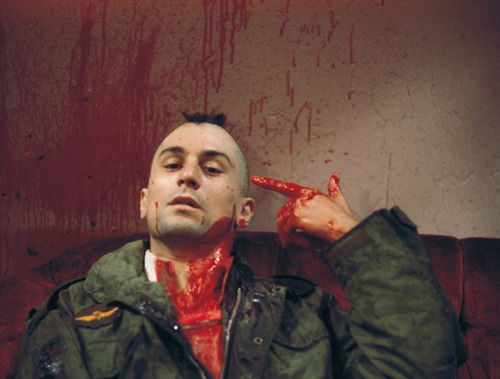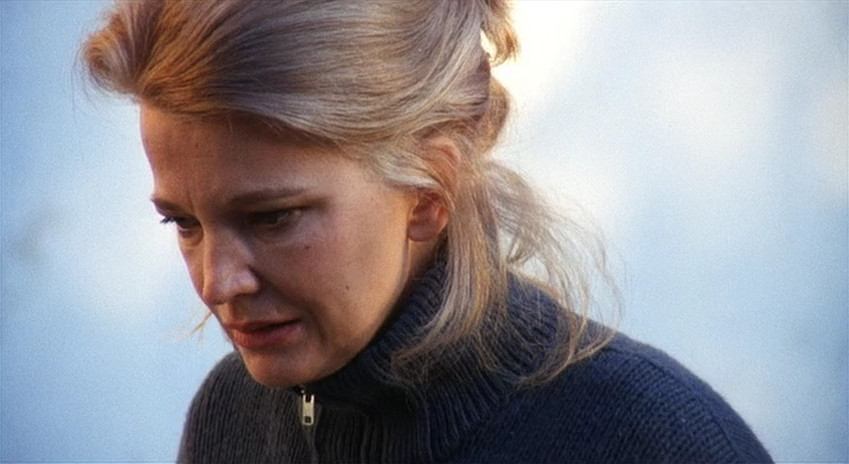
Every now and then there comes someone, or a group of people, with innovative and fresh ideas that make us re-think our beliefs and thoughts, or even inspire us to look at the world in a different way, thus to end up discovering more about things and about ourselves.
In History, we have a wide list with names of people who changed something through their acts or creations, and without some of them, maybe we wouldn’t know what we know today. It is the same with the seventh art, there are certain filmmakers that go the other way of what’s expected of them, to produce something extraordinary that will forever change the way a movie is made and seen.
Dictionaries define the word “subversion” as “1. Act of effect of subverting; 2. Insubordination, rebellion, ruin, perversion, destruction”. This list features filmmakers who, somehow, subverted whatever rules of filmmaking were established at the time to put their ideas on the screen and surprise or shock us with their own views of the world, even if in order to do so, they had to expose a great deal of graphic imagery. Also, all of these movies have some kind of social relevance, be it for talking about taboo subjects or for making a clever critique on society and its hypocrisy, or both.
Also, as of the second meaning presented by the dictionary, it is known that this subversion in art may bring along a high price, sometimes these filmmakers’ careers are put at stake, sometimes even their lives, such is the powerful message their creations convey. No matter what the ideas and the consequences are, one thing is sure: these movies have the effect of making you come out differently than when you went in.
25. The Adventures of Priscilla, Queen of the Desert (Stephan Elliott, 1994)
This commercially successful film from Australia was released in 1994 and has since become one of the most iconic movies regarding the portrayal of drag queens and transsexuals, bringing this minority’s voice to the mainstream cinema and inevitably addressing the LGBTQ community.
Traveling through the Australian Outback, it tells the journey of Mitzi Del Bra, Felicia Jollygoodfellow, drag queens and Bernadette Bassinger, a transsexual woman. They travel in a tour bus, nicknamed “Priscilla, Queen of the Desert” and are portrayed as people who have dreams, fears and things to say. The camp musical side of the movie and its iconic scenes turned it into a cult classic over the years.
The movie not only presented scenarios we are not accustomed to see, but also tells the story of socially misfit people, who daily suffer marginalization and attacks for the expression of their sexuality, turning this into a social relevant and subversive film.
24. The Accused (Jonathan Kaplan, 1988)
Extremely subversive film by Jonathan Kaplan, one of the first directors to have the courage to tell a real story about rape and overall about the abuse of women in general perpetrated by society and the effects it has on one’s psyche. Kaplan had already directed a coming-of-age transgressive film in 1979, called “Over the Edge” and this film also gave Jodie Foster’s first Academy Award for Best Actress in a Leading Role.
“The Accused” is vaguely based on real-life gang-rape of 21 year-old Cheryl Araujo, but it actually talks about every woman who goes through sexual abuse. The statistics of violence against women in America in the 80’s show absurd rates and still today it is a public health issue, therefore, for a Hollywood movie to feature such a controversial theme is something rare.
The movie deals with very important questions regarding the gender roles established by society, not only the social issue of rape itself, but also of general sexism, seeing that the men who watched and cheered the rape were not held responsible, showing how society indulges on violence against women, usually twisting the situation and placing the blame on the victim, which is what happened on the trial for the case.
Interesting facts are that the actress who played the assistant district attorney in the film, Kelly McGillis, was a rape survivor in real life and, very similar to Cheryl Araujo, Jodie Foster went on to become an important figure for women’s rights and feminism, only making it even clearer how this movie is transgressive in its message.
23. Belle de jour (Luis Buñuel, 1967)
This is another transgressive movie by Spanish director Luis Buñuel (see number 9 on this list), using several surrealistic elements and playing with the concepts of reality and dreams once more.
Here, Buñuel again addresses the subject of sexual repression derived from stiff bourgeois morals, as we see Catherine Deneuve, who plays Séverine, not being able to have any sexual pleasure in her marriage, even though she apparently loves her husband. It seems their lifestyle filled with social norms and values does not give space to the fulfilling of her innermost sexual desires.
Being so, she decides to seek that satisfaction somewhere else, eventually coming to work in a brothel – but because she can only work afternoons, she is nicknamed “beauty of the day” – where she has her first client, and despite being disgusted and shocked for her own acts she ends up coming back and working every day, from two to five o’clock.
The men who visit the brothel are shown as having various sexual interests, and offering Séverine something she secretly desires but could never share with her husband.
The director chooses to give us an ambiguous ending, where the facts matter less than our interpretation and appreciation for the movie. Besides the beautiful filmmaking, by developing the story of a repressed woman who decides to change her situation, Buñuel transforms his movie into a very subversive form of storytelling, focusing on a female’s point of view and search for pleasure.
22. Jigoku – The Sinners of Hell (Nobuo Nakagawa, 1960)
Japanese cinema has long been known for its groundbreaking filmmaking and beautiful cinematography, as well as its obscurity. Portraying an important religious symbol like hell was not so rare in oriental cinema, who is much more influenced by their spiritual beliefs than any Western film, but even if other Japanese movies from that time eventually built their own version of hell – such as “Onibaba” or “Kwaidan”, both from 1964 – Jigoku’s representation of it was an extremely original and frightening one, for that matter.
Jigoku presents us with an intricate plot filled with love, death and revenge; as we watch each of the characters perform their own share of sins, which will later take its toll over them. In very shocking scenes, we see all the characters share moments of insanity and decide to either kill each other or themselves, thus arriving in hell.
The director then depicts hell as we’ve always heard about it, a place where you and all the people you know are constantly submitted to endless and unspeakable tortures for all eternity, in order to pay your debts.
This was the last film released by Shintoho Studio, known for its gore horror movies, and director Nobuo Nakagawa tried his best to make Jigoku different from any other horror movie being produced in Japan at the time, and he succeeded. To this day, the tortures scenes still impress for their explicit content and at the same time fascinating cinematography, with vivid colors and creative scenarios.
21. They Live (John Carpenter, 1988)
Successful horror movie director John Carpenter released one of the most subversive movies that mix horror and science-fiction, something unusual for a mainstream film. Fortunately, the movie went well in both critical reception and box-office gross, gaining a fan base that remembers the movie until this day.
It tells the story of a man named “Nada” (which means “Nothing” in Spanish), who one day finds a box full of black sunglasses by the side of a church, he discover that, whenever you put them on, you are able to see the world differently and in black and white.
He later finds out that he can actually see the truth about society through the lens of these glasses, advertisement signs and media vehicles are actually telling us to obey and conform, while some of the faces he sees in the streets are aliens in disguise, uncovering the shocking fact that our world is being controlled and manipulated by them. Nada then goes on a crusade to destroy the aliens and try to save the world.
There is some cheesy 80’s humor to the story as well as action movies clichés and common places, but this is one rare case where a commercially successful movie brings along an interesting message that makes us think and question our everyday lives, making us wish that, if we could have a director as talented as John Carpenter, we could see more transgressive movies in the mainstream scene.
20. Happiness (Todd Solondz, 1998)
Bitter humored and shockingly dark drama by Todd Solondz is still able to shock people who are not aware of his filmmaking or what type of movie they’re about to watch. Venturing freely through themes like incest, pedophilia, sexual perversion, loneliness and overall social awkwardness, this movie is an interesting portrait of an alternative side of American society in the 90’s.
Solondz treats his characters like real life people they are, and his honest approach on their problems and sorrows is bound to make us uncomfortable, this is not your usual drama movie. We have the lives of a suburban family put under a microscope; we see each one of them struggle to survive their own issues as we realize they may not be that far away from us.
One of the most shocking scenes, which reportedly made the Sundance Film Festival refuse to screen the film, is the one where the son has already found out that his father sexually molested his friends, and they have a conversation regarding that “problem” of his, nothing like this could ever be seen in a typical Hollywood movie, making it extremely transgressive.
19. Naked Kiss (Samuel Fuller, 1964)
Director Samuel Fuller is known for its independent movies, who always deal with subjects that the mainstream cinema wouldn’t even get near, especially in the early 60’s. His bold and subversive films went on to influence dozens of equally talented filmmakers that came later on, such as Martin Scorsese (see number 18), Quentin Tarantino and Jim Jarmusch.
Fuller was already an experienced director when he made “The Naked Kiss”, a movie that talks about many transgressive themes, prostitution, pedophilia and police corruption.
This is a shocking story of a former prostitute who goes to another town in order to start over, finding a job as a children’s nurse, and when she finally finds the perfect man to marry, a local who’s wealthy and doesn’t seem to mind about her illicit past, she discovers terrible things he’s done. As a child molester, he makes a baffling discourse on how she should marry him anyway, because they’re both deviant persons.
Fuller’s movie is a vehicle that gives voice to people who somehow escape the straight rules set by society, and even though the outcome may be disturbing truths about life, we know we are experiencing reality through the screen, something still unusual in the 1960’s.
18. Taxi Driver (Martin Scorsese, 1976)
Considered one of the greatest films of all time, Martin Scorsese’s second film depicted Travis Bickle’s slow descent into madness and another side of New York City, one we are not used to see in postcards. The city used to be an obscure place, filled with adult theaters, high crime rates and growing political tension, thus, the movie paints an interesting historical picture, showing how an environment can influence one’s psyche.
Travis Bickle is a discharged U.S. Marine and he finds that taking the job of cab driver fits very well with his lonely routine of observing people but never getting into real contact with them.
He becomes obsessed with a woman who works in the political campaign of the Republican candidate, Charles Palantine. Turns out Bickle’s distance from people apparently makes it difficult for him to acknowledge some boundaries, as he naively takes the girl to an X-rated theater on their first date.
She instantly dismisses any chances at a real relationship, which leads him to become even more obsessed and frantic on his views on people he drives in his taxi and sees around town, as he says that “someday a real rain will come and wash all this scum off the streets.”
That idea starts to grow inside him and soon it takes real proportions as we see him begin an intense military training at home, buying all kinds of weapons. He ends up playing a vigilante role around town, shooting men who attempted to rob a grocery store and eventually trying to help a teenage prostitute, in one of Jodie Foster’s first roles, until the movie reaches its chaotic end.
Taxi Driver is subversive for its intense and raw cinematography and portrayal of a lonely and anti-social man inside a decaying environment.
